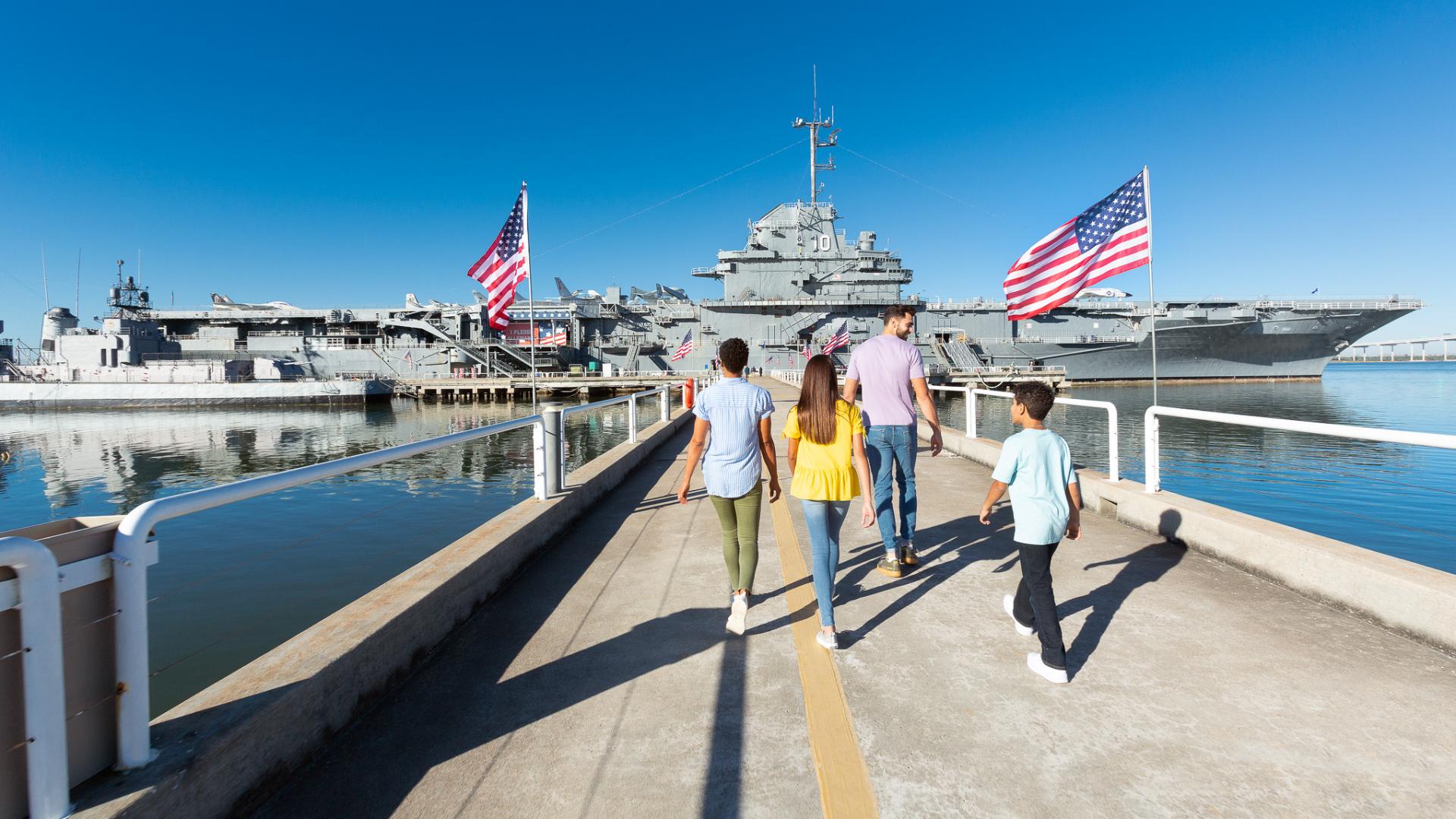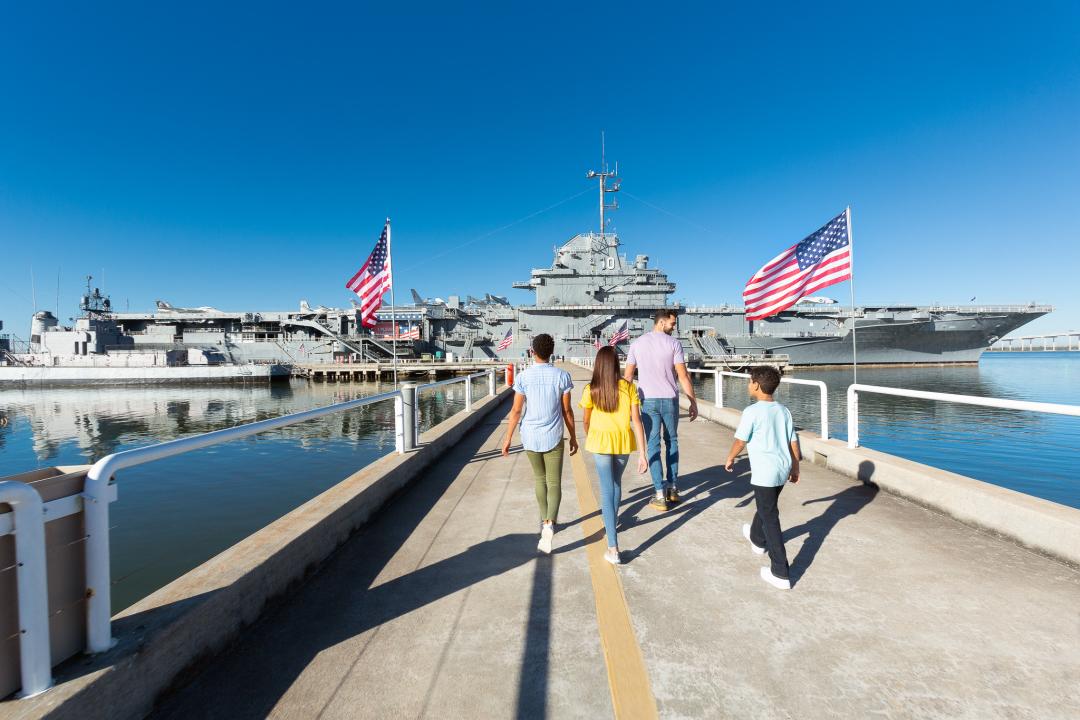
On 17 November 1918 an H-16 flying boat from Naval Air Station Norfolk, Virginia, detected a radio signal via their British six-stage amplifier radio direction finder from a Virginia radio station located at Arlington, Virginia, a distance of 150 miles. Not only had the Navy entered the world of aviation, but now was helping in the development and use of radio waves for navigational purposes. Radio Direction Finding (RDF) would eventually lead to Automatic Detection Finding (ADF) and the use of electronic compasses and the first establishment of radio beacons for the navigation of aircraft, helping immensely at night, on bad weather flights, and long distances over water with no visible landmarks.

